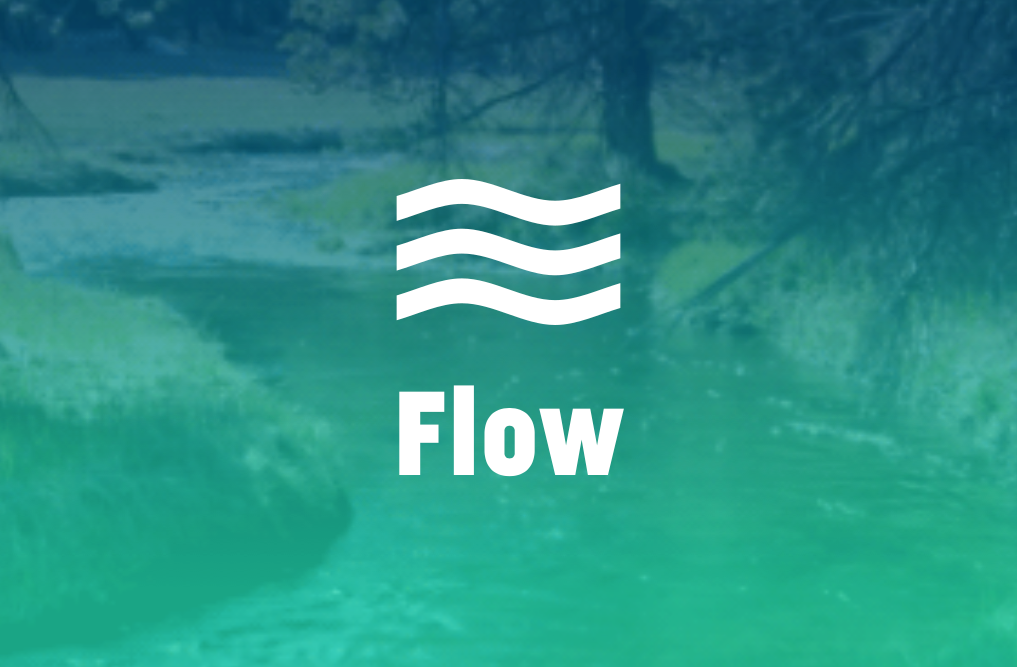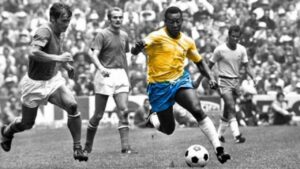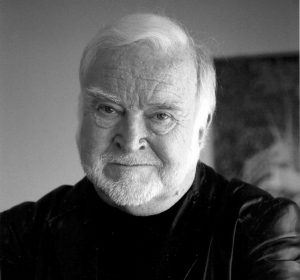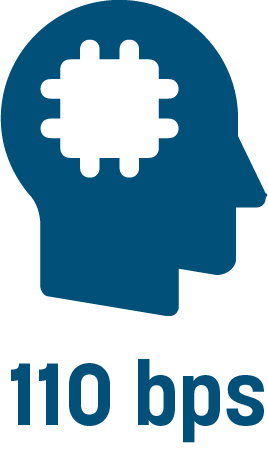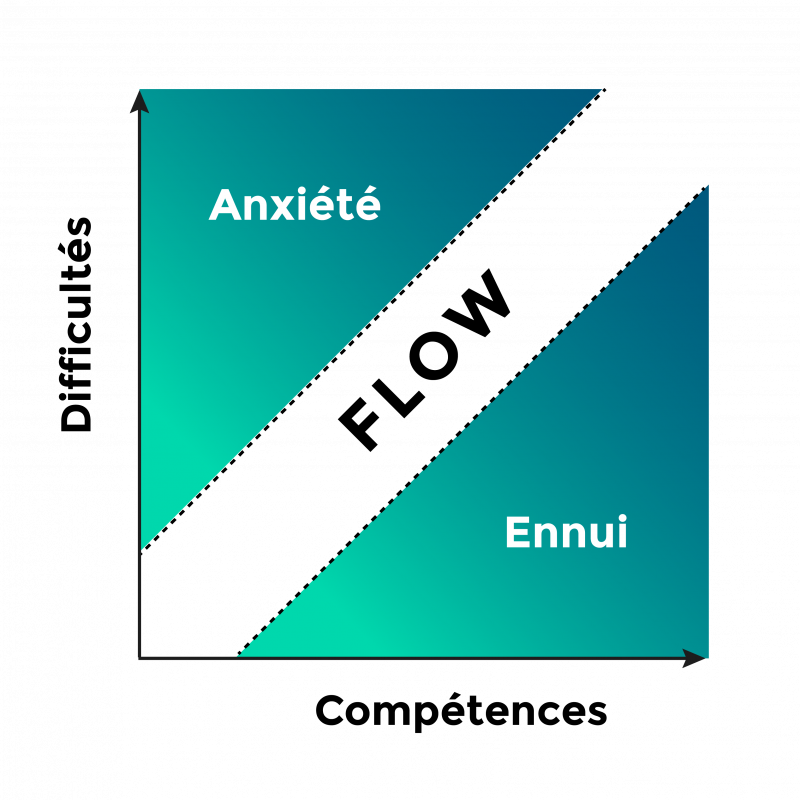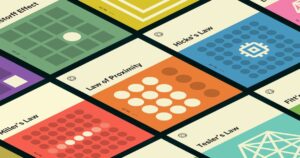There is a strange state that each of us can experience. A state in which one feels intense happiness. It occurs when one is concentrated in an activity that one really masters. We are then so “absorbed” that we no longer see the time passing… We forget to drink, to eat, to sleep…
But first discover the following two testimonials…
“It was a kind of euphoria; I felt like I could run a whole day without getting tired, that I could dribble any player on the opposing team, that I could almost physically pass through them. I felt that nothing could hurt me. It was a strange feeling that I had never felt before. Maybe it was just confidence, but I had felt confident many times without that weird feeling of invincibility. »
Pelé, footballer
“My Life and the Beautiful Game” (1977)
"In this concert, absolutely everything, the timing, the overall structure of the performance, the structure of each piece, its duration, its end, everything was dictated to me…I had nothing to do but let my fingers run over the keyboard : the music gave itself”.
Keith Jarrett, pianist
Jazz magazine december 2011, n°632
These two examples, an athlete and an artist, describe a very particular state to us. An experience of optimal concentration, where the individual feels very happy, and manages to achieve exceptional performance.
This feeling is called the state of flow.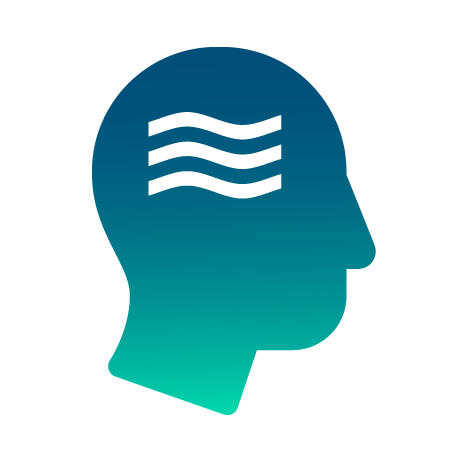
In 1990, a Hungarian psychologist, Mihaly Csikszentmihályi (Pronounce Mi-haï Chique-sainte-mihaï) publishes what will become the founding work of the concept, “Flow: The Psychology of Optimal Experience”, translated into French in 2006 under the title "To live. The Psychology of Happiness” (Pocket editions)
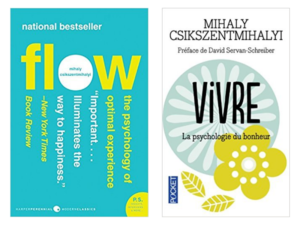
The flow got its name in 1975, when Csíkszentmihályi interviewed several people who described their experience by explaining that they were carried like the current in a river.
Talk by Mihaly Csikszentmihályi at the 2004 TED event
Duration: 18:55 | Subtitled version in 34 languages
In positive psychology, the flow (literally flow in English), or the zone, is a mental state reached by a person when he is completely immersed in an activity, and is in a state of maximum concentration, full commitment and satisfaction in its accomplishment. Basically, the flow is characterized by the total absorption of a person in his occupation.
(Source: Wikipedia)
FLOW STATE COMPONENTS
Optimal concentration
 The individual inhabited by the flow is as if hypnotized by his task, he no longer thinks outside of what he is doing. This focus is sustained effortlessly throughout the event. No fatigue, no weariness, no introspection, the individual is in the task. No external thought disturbs the performance.
The individual inhabited by the flow is as if hypnotized by his task, he no longer thinks outside of what he is doing. This focus is sustained effortlessly throughout the event. No fatigue, no weariness, no introspection, the individual is in the task. No external thought disturbs the performance.
loss of ego
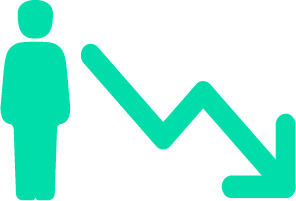 Our attention span being very limited*, our brain, when concentrating on a specific activity, tends to “disconnect”, to ignore certain stimuli. This is why in a state of flow there is a loss of ego. The individual is so concentrated that he forgets his primary physiological needs: to drink, to eat, to sleep...
Our attention span being very limited*, our brain, when concentrating on a specific activity, tends to “disconnect”, to ignore certain stimuli. This is why in a state of flow there is a loss of ego. The individual is so concentrated that he forgets his primary physiological needs: to drink, to eat, to sleep...
* ATTENTION ABILITY
“Our nervous system is incapable of processing more than 110 bits of information per second. To listen to me and understand what I'm saying, you have to process about 60 bits of information per second. That's why you can't listen to more than two people at a time. »
Mihaly Csikszentmihalyi | TED2004
Alteration of the perception of time
In a state of flow, there is a loss of perception of usual time. Time seems to speed up, giving the impression of having finished its task before noticing it or else the impression of having all the time in front of you. Time adapts to the needs of performance, beyond physical and environmental constraints.
Instant feedback
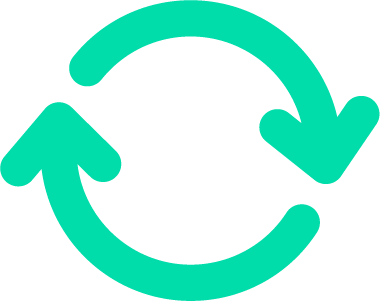 The individual perceives the difficulties and the solutions to overcome them simultaneously. It continuously assesses and reassesses its performance process. This gives him a clear idea of the next action and further reduces the feeling of uncertainty.
The individual perceives the difficulties and the solutions to overcome them simultaneously. It continuously assesses and reassesses its performance process. This gives him a clear idea of the next action and further reduces the feeling of uncertainty.
Beyond these symptoms, an individual in a state of flow is focused on his activity because it gives him a lot of satisfaction. It's called an experience autotelic. The activity is practiced for its own sake, the reward is the pleasure it brings.
The state of flow therefore describes an optimal experience, in which the user is totally engaged and enjoys it. For a UX designer it is extremely interesting to succeed in producing this state in the use of a product or service. For this, let's see what are the conditions to achieve this flow.
FLOW STATE CONDITIONS
To reach a state of flow, there are mainly three essential conditions:
- A balance between difficulties and skills
- Clear and defined objectives
- Intrinsic motivation
1. BALANCE BETWEEN DIFFICULTIES AND SKILLS
 Flow occurs when there is a balance between the difficulty of a task and the skill level of a person at the given task. A task that is too difficult will lead to increased anxiety and frustration, while a task that is too easy will lead to boredom.
Flow occurs when there is a balance between the difficulty of a task and the skill level of a person at the given task. A task that is too difficult will lead to increased anxiety and frustration, while a task that is too easy will lead to boredom.
2. CLEAR AND DEFINED OBJECTIVES
 To stay focused, the user must always know what his goals are. He therefore needs clear and precise information at all times. He must not hesitate or doubt. He must avoid thinking* too long during each task. It is therefore necessary to minimize distractions and anything that can cause cognitive overload.
To stay focused, the user must always know what his goals are. He therefore needs clear and precise information at all times. He must not hesitate or doubt. He must avoid thinking* too long during each task. It is therefore necessary to minimize distractions and anything that can cause cognitive overload.
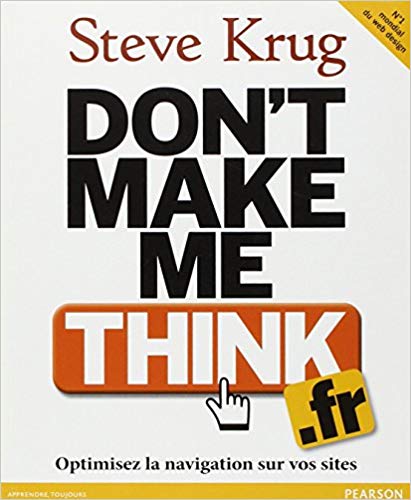
AVOID THINKING — DON'T MAKE ME THINK!
In his book “Don't make me think!”, Steve Krug teaches us the fundamentals to respect to obtain an experience that approaches the state of flow:
- Each page should be self-contained and self-explanatory, as a user is likely to land on the site at any page.
- A system's usability can be considered good when a person of average ability or experience can accomplish its purpose.
- Most uses of the web are driven by the motivation to save time.
- The "Back" button is the most used on browsers.
- Even if it is never used, the “home” button reassures users.
Finally, to fully understand the main causes of cognitive overload, read this translation of an article from Smashing Magazine: Principles for combating cognitive overload (by Claire Zuliani) (Original title: Reducing Cognitive Overload For A Better User Experience)
3. INTRINSIC MOTIVATION
 An intrinsically motivated individual will get involved in an activity for the simple pleasure it gives him, and not for a reward external to this action.
An intrinsically motivated individual will get involved in an activity for the simple pleasure it gives him, and not for a reward external to this action.
In the same way that a game provides pleasure, a product or service whose use provides pleasure will become an autotelic experience. It is therefore important to integrate a gamification aspect into most UX projects.
UX ASPECTS OF FLOW STATE
Once you have grasped the theory to achieve this flow, it remains to understand how to apply it. A user in a state of flow is a bit like the Holy Grail for a UX designer: many seek it but few find it.
We know, the GAFAM are masters in the art of capturing attention. We will not detail here how the giants of the Web manage to put you in a state that sometimes seems close to flow (this will be the subject of future articles), but already remember some key concepts: gamification, attention and simplicity.
Gamification and attention
Why make the user play? All animals play to learn, including us humans. When we play we are surprisingly more concentrated and more attentive to the signals received. When we play we are also more motivated to perform actions. One of the best-known examples of gamification: loyalty programs. You buy a product, you earn points, you get Rewards, you change status, you enter a community and in a form of competition. American Airlines launched the very first loyalty program in 1981. Since then, all companies have followed…until saturation.
"In a society whose ability to concentrate has gone from twelve to eight seconds on average in ten years (it's Microsoft, the king of screens, who says it), flow is a kind of miracle day cream that could reconnect with attention.”
Source: Slate.fr
Today, in a world byinfobesity, information overload, even brainwashing...it is essential to understand what allows all human beings to have a good time when they want to buy a plane ticket, insurance or when they want to declare their income . The sites and applications that he will experiment tend more and more to include playful aspects. So let your users play!
Simplicity
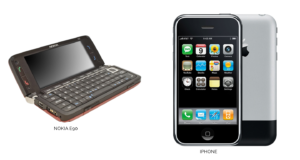 On February 11, 2007 Nokia presented the E90 at the World Mobile Show in Barcelona. A phone for professional use, with numeric keypad on the front, clamshell opening, external and internal screens, keyboard with plastic keys, 210 grams… A few days earlier, on January 9, 2007, a certain Steve Jobs presented the very first iPhone to the world. … touch screen, a single button on the front, 135 grams… In short, how to make it complicated when you can make it simple!
On February 11, 2007 Nokia presented the E90 at the World Mobile Show in Barcelona. A phone for professional use, with numeric keypad on the front, clamshell opening, external and internal screens, keyboard with plastic keys, 210 grams… A few days earlier, on January 9, 2007, a certain Steve Jobs presented the very first iPhone to the world. … touch screen, a single button on the front, 135 grams… In short, how to make it complicated when you can make it simple!
(Thanks to Raphael Djazz for inspiration).
However, the Laws of UX only speak of simplicity. Here are a few :
- The time it takes to click on an item depends on the distance and the size of the item. So make big buttons. (>> Fitts Law)
- Decision time increases with the number and complexity of choices. Therefore reduce. Do more with less (>> Hick's Law)
- Users spend most of their time on other sites. This means that users prefer your site to work the same way as everyone else. other sites they already know. (>> Jakob's Law)
- People are better able to visually process and remember simple figures so many complex figures. So make some simple interfaces. (>> Law of Prägnanz)
- Objects close to each other tend to be grouped together. Therefore group (>> Law of proximity)
- The human eye tends to perceive similar elements in an image even though these elements are separate. So make links and buttons visually different normal text elements and in a consistent style. (>>Law of similarity)
Find in passing all the laws of UX on https://lawsofux.com/
To sum up, the state of flow can be triggered under very specific conditions, combining balance between difficulties and skills, motivation through play and a few rules of simplicity... It seems quite difficult to achieve, and yet, by dint of iterations, more and more products are becoming memorable, even addictive experiences.
Adrian KOSS, UX Designer @UX-Republic
STORYTELLING: THE ART OF CONVINCING # Paris
SMILE Paris
163 quay of Doctor Dervaux 92600 Asnières-sur-Seine
UX/UI ECO-DESIGN # Paris
SMILE Paris
163 quay of Doctor Dervaux 92600 Asnières-sur-Seine
DESIGN THINKING: CREATING INNOVATION # Belgium
UX-REPUBLIC Belgium
12 avenue de Broqueville - 1150 Woluwe-Saint-Pierre
MANAGING AND MEASURING UX # Paris
SMILE Paris
163 quay of Doctor Dervaux 92600 Asnières-sur-Seine
DESIGN SPRINT: INITIATION & FACILITATION # Paris
SMILE Paris
163 quay of Doctor Dervaux 92600 Asnières-sur-Seine
UX-DESIGN: THE FUNDAMENTALS # Belgium
UX-REPUBLIC Belgium
12 avenue de Broqueville - 1150 Woluwe-Saint-Pierre
GOOGLE ANALYTICS 4 #Paris
SMILE Paris
163 quay of Doctor Dervaux 92600 Asnières-sur-Seine
ACCESSIBLE UX/UI DESIGN # Belgium
UX-REPUBLIC Belgium
12 avenue de Broqueville - 1150 Woluwe-Saint-Pierre
